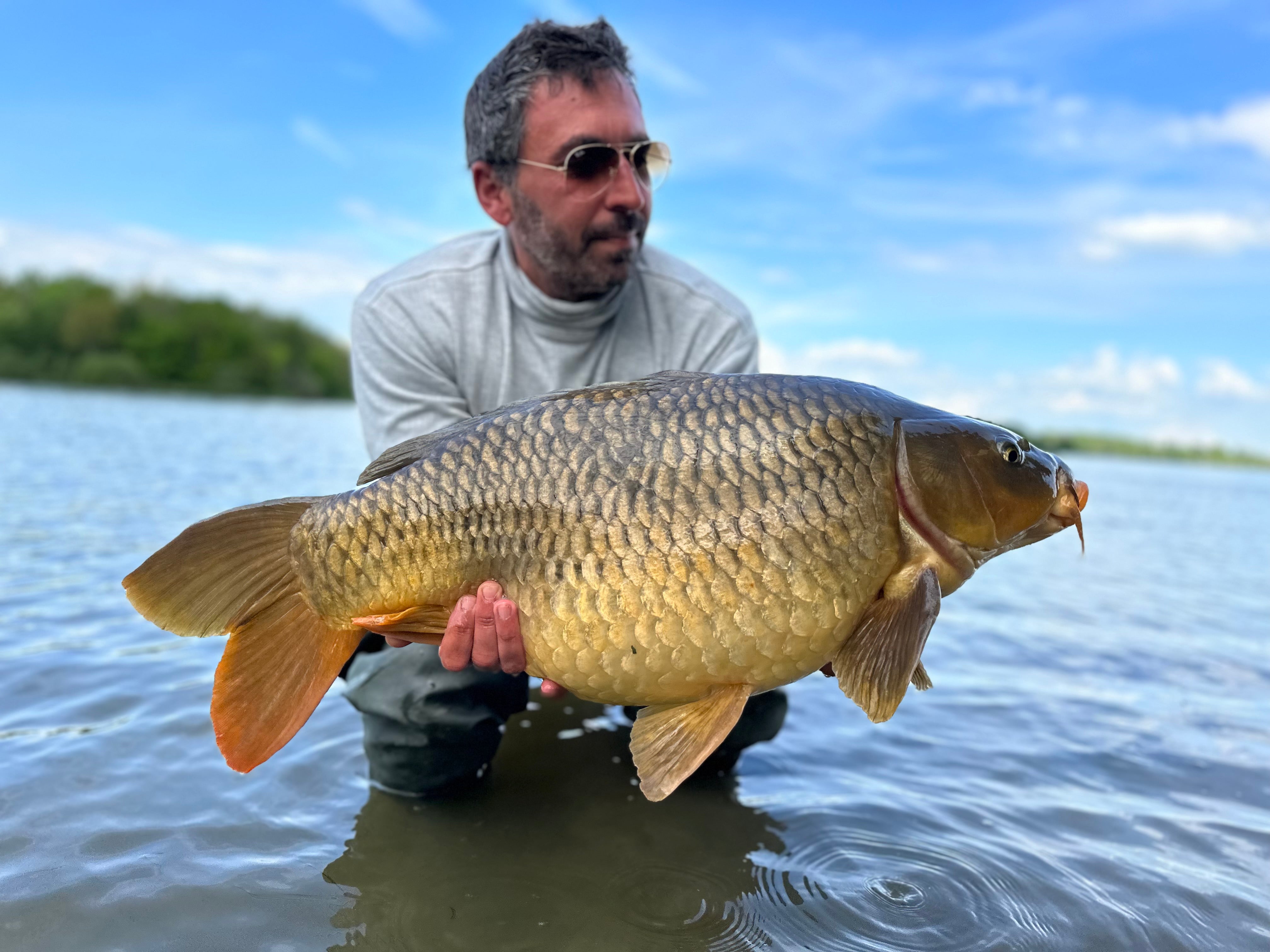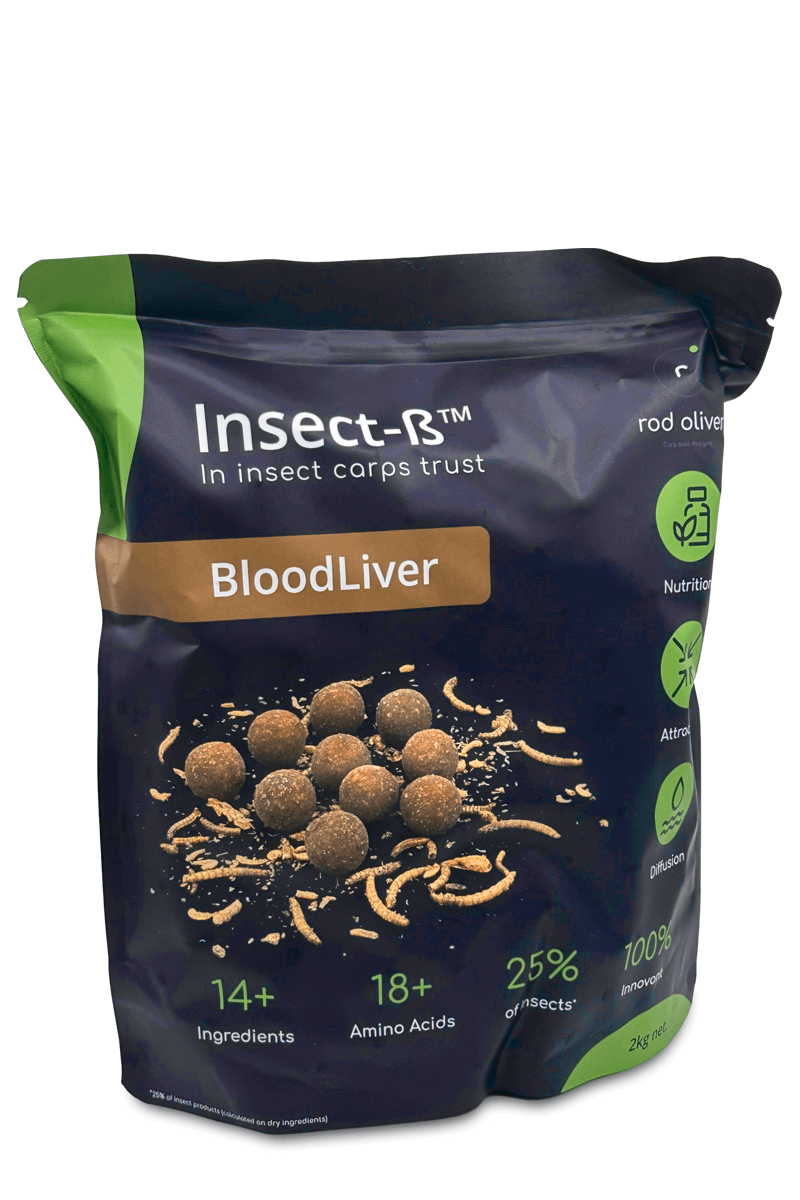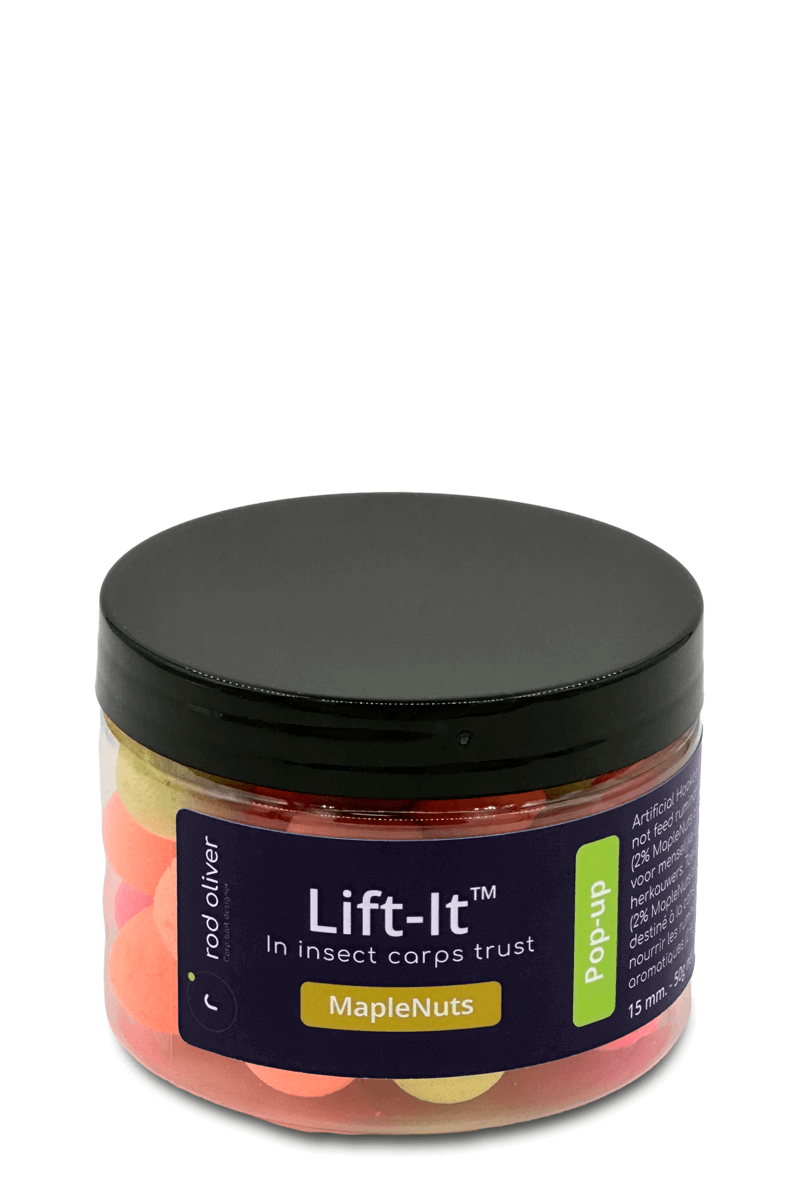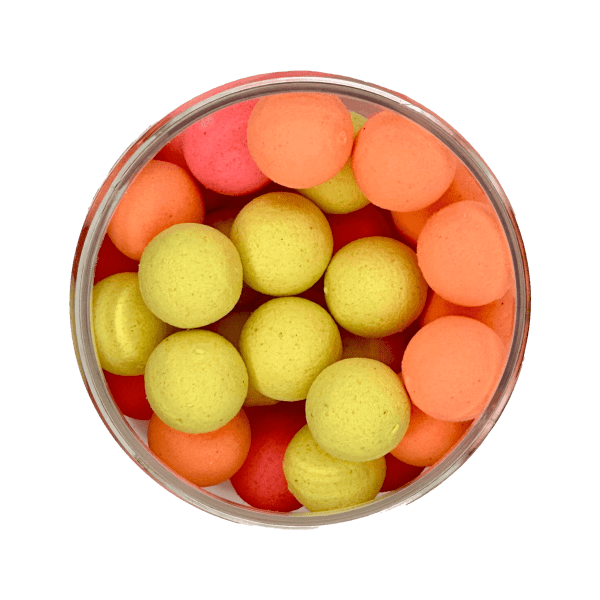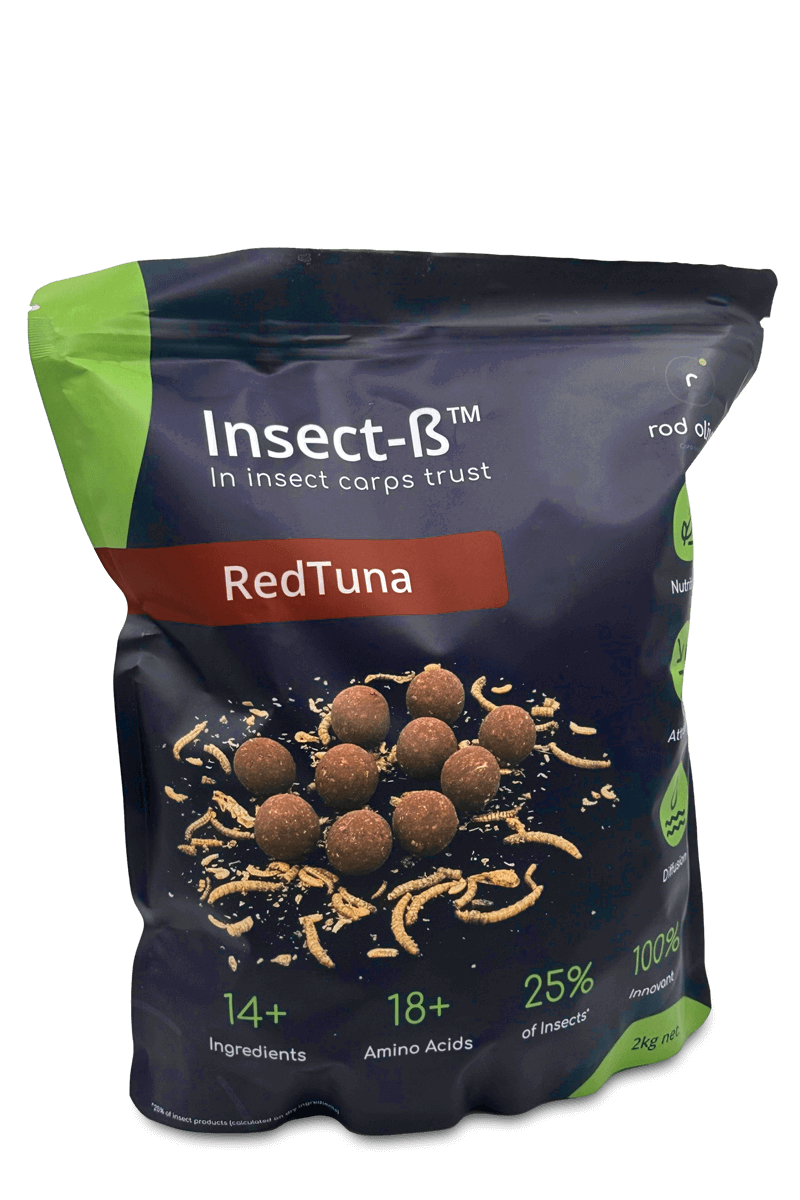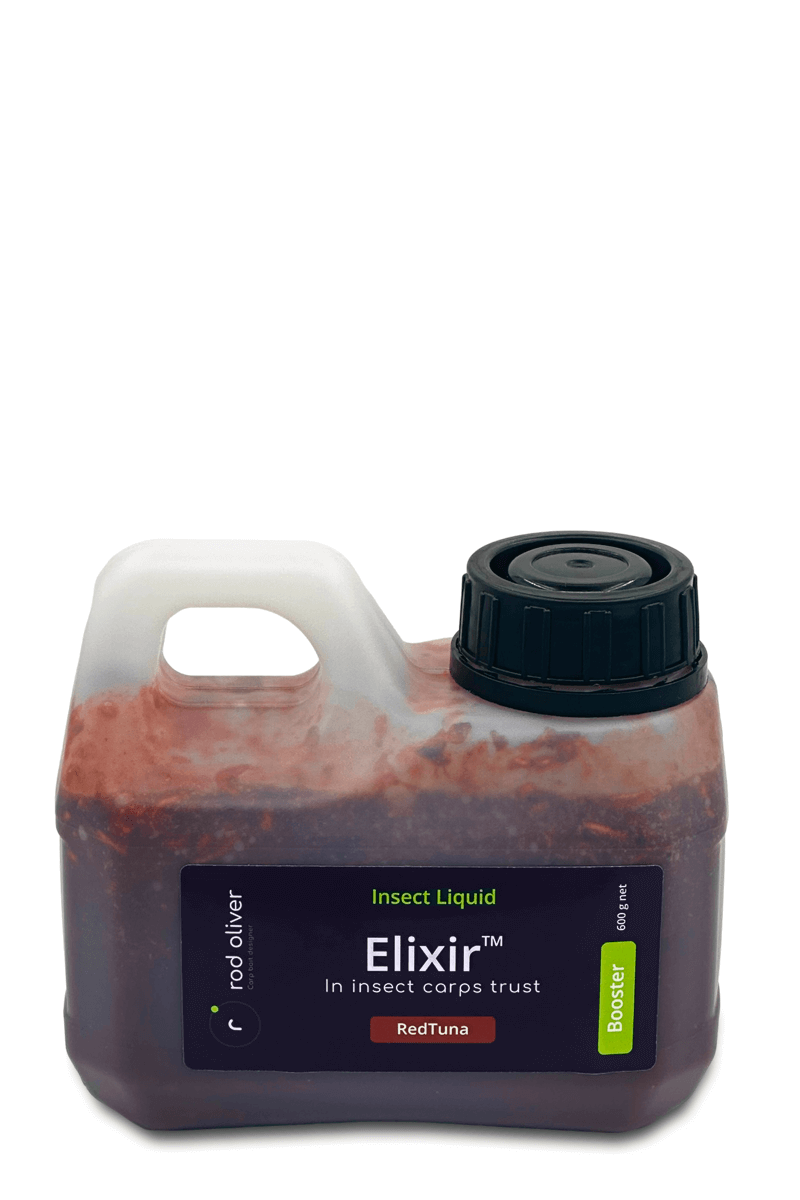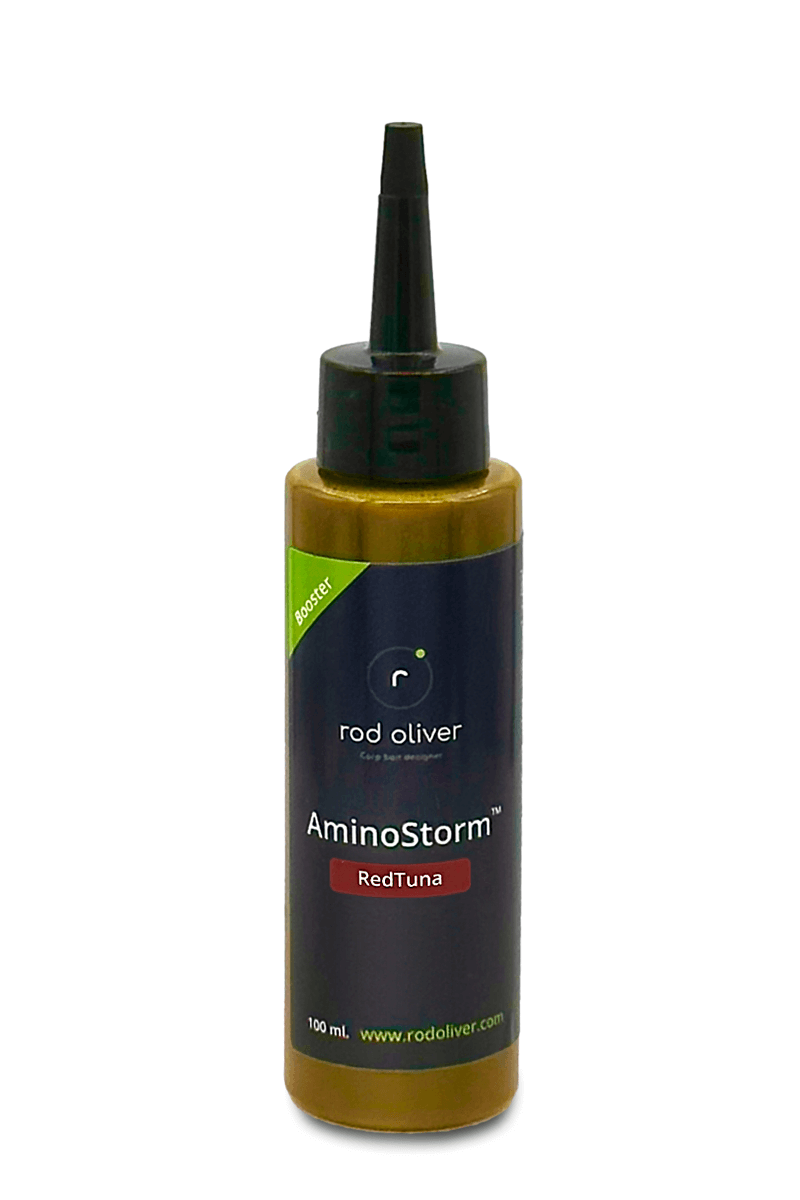Everything you need to know about carp fishing
Carp fishing is a vast subject that could generate thousands of articles without covering it all. On our blog, we aim to help you make your fishing spots more attractive and catch more carp. Today, we're offering something a bit different in a quick question-and-answer format! You'll find questions that carp anglers often ask, primarily beginners but not exclusively.
Table of content
1.Introduction
2. Where does the carp come from, and what is it?
3. What are the different carp species in Europe?
4. What is the carp’s diet?
5. How does carp reproduction work?
6. What is the history of carp fishing?
7. What baits are used for carp fishing?
8. How should you bait for carp fishing?
9. How do you propel your baits?
10. Should you always bait and fish with the same baits?
11. What swim should you choose for carp fishing?
12. What are the best seasons for carp fishing?
13. What are the best times to fish for carp?
14. What is the best weather for carp fishing?
15. What depth should you fish for carp?
16. What colors can carp see?
17. Cheap boilies or premium boilies?
18. Conclusion
1.Introduction
When searching the internet forums about carp fishing, one notices that many questions recur frequently. Often, on our blog, we write dense and comprehensive articles on specific topics. However, for once, we have decided to compile the most common questions from carp anglers and provide brief yet precise answers to no longer leave you in the dark. For those seeking to delve deeper, don't worry; you will regularly find answers to your questions in the comprehensive articles we have already written or will be publishing.
2. Where does the carp come from, and what is it?
The carp is a freshwater fish native to East Asia. It belongs to the family Cyprinidae and the genus Cyprinus. The common carp (Cyprinus carpio) is the most widespread and well-known species in the world of fishing. It can vary significantly in size, ranging from a few centimeters to over 40 kilograms in some regions. Carp are renowned for their strength and fighting spirit, making them a prized species among sport fishermen. Over centuries, carp have been introduced to many regions worldwide, and they are now a widely distributed species. There are numerous carp varieties (around 1500) globally, but in the context of sport fishing in Europe, they can generally be classified into a few categories. Carp are long-lived fish, surviving for about thirty years in healthy environments.
3. What are the different carp species in Europe?
There are primarily four carp species in Europe:
- Common Carp (Royal Carp): This is the wild carp, the original one, and the most widespread in rivers, streams, and large natural lakes. It is the most powerful, often long and adapted to strong currents. Easily recognizable, it is completely covered in scales. Its color varies from golden yellow to darker shades, depending on its diet and environment.
- Mirror Carp: Often stockier, it is more massive than common carp. It sometimes resembles a sort of pizza due to its circular shape. While less combative, it can reach record weights and is generally heavier than common carp. What is interesting in mirror carp fishing is that no two look alike, whether in terms of shape, color, or scales. Mirror carp have scales of different sizes, randomly arranged and varying in number.
- Leather Carp: The rarest in our lakes and rivers. It's a carp that carp anglers encounter less frequently. A true leather carp is entirely devoid of scales across its entire body. It can also reach significant weights like its cousin, the mirror carp, and is sometimes more stock.
- Koi Carp: This species encompasses hundreds of subspecies and originates from selective breeding. Non-existent in the wild in our regions, it is, however, increasingly being caught in locations where it has been specifically stocked. Capturing one is always a moment of wonder for a carp angler, as its diverse colors can be a feast for the eyes. However, on average, this fish reaches much smaller sizes than other species, generally ranging from 5 to 10 kilograms, although larger ones are occasionally caught.
4. What is the carp’s diet?
The carp is an omnivorous fish with carnivorous tendencies. This is a topic that often comes to the forefront. But what does the carp eat? Its diet primarily consists of insects, chironomid larvae (midge larvae), small crustaceans, and benthic invertebrates. It also feeds on phytoplankton, but this generally makes up less than 10% of its food. So, the carp's diet is predominantly protein-based. Carp mostly feed on the bottom, using their mouth and barbels as detection organs. Being a cold-blooded animal, the amount of food it consumes varies greatly depending on the environment and seasons.
5. How does carp reproduction work?
Carp reproduce once a year and reach sexual maturity around three to four years for females and two years for males. The reproductive period is called spawning and occurs from May to July. In fact, spawning is triggered by water temperature, which should be around 20°C. The mating behavior is noisy, with the female leaping to the surface to signal to the male that she is ready to lay eggs. The female releases approximately 100,000 to 150,000 eggs per kilogram of her weight, which are deposited on plant supports, roots, or logs in shallow areas. The hatching time for fertilized eggs is typically 3 to 5 days, depending on the water temperature.
6. What is the history of carp fishing?
The history of carp fishing saw a rapid evolution in the 1980s. This fish has always piqued the curiosity and enthusiasm of anglers. Often caught accidentally by anglers using other methods, it gradually became the focus of new techniques. Initially caught using doughballs, potatoes, and worms, new techniques from England completely changed the game in the 1980s. The advent of boilies and modern techniques triggered a spectacular development of carp fishing in the 1990s and 2000s. Today, it's rare not to encounter carp anglers along the banks.
7. What baits are used for carp fishing?
Numerous baits are effective for carp fishing, and they can be summarized into three main categories:
- Boilies: One of the most recent but also the most effective baits. Boilies emerged in the 1980s and revolutionized carp fishing. Boilies are spherical amalgams of various flours that have been quickly boiled or steamed. This bait has inspired fantasies and is a realm of almost limitless innovation and imagination. Whether made from vegetable or meat-based flours, boilies are now the number one bait in carp fishing.
- Seeds: Carp are very fond of most seeds, although corn, tiger nuts, and hemp seeds are the primary choices. Many other seeds, such as wheat, beans, peanuts, and more, can also be effective.
- Natural baits: Carp are naturally interested in live baits like maggots and earthworms. These baits should not be underestimated and can save you from a blank day.
8. How should you bait for carp fishing?
Baiting is a topic that could warrant an entire book in itself. However, carp fishing is one of the techniques where baiting is an essential phase. Baiting can be categorized into several categories:
- Short-term baiting: These are baiting sessions done on the same day or the day before fishing. The goal is to quickly create activity around your fishing spot. It's often used for quick fishing sessions lasting a few hours to a day or two.
- Long-term and conditioning baiting: Here, the goal is to build your fishing over several days, weeks, or even months for longer sessions. The aim is to get carp to regularly visit a larger or smaller area for food and become accustomed to your baits. By creating a zone of trust, carp become less wary. If you're using boilies for this technique, it's essential to use high-quality boilies made from animal flours and/or insects. Cheap boilies made from simple vegetable flours won't satisfy the carp's long-term nutritional needs.
- Light baiting: These involve scattering a small amount of bait around the lines. Ideal for spot fishing and stalking, they are also recommended for winter fishing.
- Heavy baiting: This method is used less often but is still very effective for high-yield fishing and in rivers. Here, we're talking about depositing dozens of kilograms of boilies and seeds regularly to create intense food competition. However, this technique should be reserved for fish-rich environments, especially during spring and autumn, which are the two major feeding periods for carp. Here again, if using boilies, it's crucial to focus on their quality to avoid them spoiling your spot and having the opposite effect of scaring fish away.
9. How do you propel your baits?
To carry out substantial baiting, nothing beats a boat. Whether it's a rubber boat or a bait boat, they make reaching long distances a breeze. They also ensure precise placement and save precious time.
- From the shore, you can hand-cast baits for closer areas.
- Using a catapult.
- With a bait rocket, which are containers that you propel using a powerful rod. This method is tedious and less precise at long distances.
- With a spod: This is exclusively reserved for boilies baiting. It allows you to propel them far and relatively accurately if you know how to use it. However, it requires significant physical effort for large-scale baiting.
- PVA materials: Whether PVA strings, soluble bags, or sticks, PVA materials are the best tools for ultra-precise micro-baiting around your rigs.
10. Should you always bait and fish with the same baits?
Yes and no, a bit of both! To be honest, there's no one-size-fits-all answer; it comes down to personal preferences. Generally, the purpose of baiting is to get carp accustomed to specific baits, so it's natural to fish with the same ones. In most cases, this is what carp anglers do, and it works well. However, in certain circumstances, such as challenging fishing situations or with cautious carp, varying your presentations can be wise. Sometimes, offering a different bait than your baiting can trigger bites and save you from a blank session. Given that most carp fishing setups use three or even four rods, it's always a smart and recommended practice to have at least one rod with a different bait than your baiting.
11. What swim should you choose for carp fishing?
The choice of swim is a crucial element in all forms of fishing, and carp fishing is no exception. Location is a fundamental step that, when done correctly, doesn't guarantee success but can lead to failure if overlooked. The difficulty in selecting the right swims lies in the fact that what works one day may not work the next.
Generally, carp like to feel safe. In rivers, for example, you can choose slack-water areas around bends or the downstream and upstream sides of dams where the current is weaker. Carp prefer to expend as little energy as possible and are attracted to areas rich in natural food where they can easily feed abundantly.
Bankside areas are favored spots that should always be explored as they can be highly productive. These areas are always where natural food accumulates and is easily accessible. There's no need to cast your bait to the opposite bank and claim the entire lake; the water at your feet can be just as interesting.
In spring, look for shallow areas that warm up quickly, and in winter, focus on the deeper holes with more stable water temperatures. In larger bodies of water, wind direction also plays a role. The rule is to follow the wind and preferably choose the bank that has been windward for several days.
In all seasons, areas with trees, water lilies, or algae are always prime spots. The same goes for any noticeable differences in depth or structure, especially if your fishing area is monotonous. This is especially important in canal fishing, which is probably the most challenging type of carp fishing because it's complex to spot the fish. In such waters, you'll need to search for drop-offs, changes in bank structure, rock piles, variations in substrate (soft vs. hard bottom), and more.
12. What are the best seasons for carp fishing?
Carp fishing is strongly influenced by the seasons and weather, as water temperature varies with these parameters. Being a cold-blooded animal, carp are very sensitive to changes in environmental temperatures. Each season requires a different approach, both in terms of fishing spots and techniques.
In general, carp feed less when the water temperature drops below 10 degrees Celsius and rises above 25 degrees Celsius. Therefore, winter and scorching summers are the two most challenging seasons for carp fishing. During these times, it's advisable to use light and precise baiting and engage in mobile spot fishing. Spring, with the arrival of warmer weather, is probably the most favorable period for consistently catching carp, except during the spawning period when it's better to leave them undisturbed. Spring is synonymous with more substantial baiting using nutrient-rich baits. Autumn is also a great season; many carp anglers find it to be the best time to target carp. Late autumn, in particular, can yield productive fishing. With a noticeable drop in temperatures, carp will be on a frantic quest to build up fat reserves for the winter. Protein-rich baits and heavy baiting can work wonders.
However, it's important to note that in some locations, carp have consistent activity, such as in powerful rivers. In winter, carp will remain active because they have to constantly battle strong currents, and in summer, the river will have better oxygen levels than a small pond with overheated water.
13. What are the best times to fish for carp?
Carp are generally most active at the beginning and end of the night, although carp can be caught at all hours. Most anglers have noticed that certain time slots are more favorable than others. Midday periods are more challenging, especially in hot weather, whereas dawn and dusk often yield many bites. In some places, carp are almost exclusively active at night, and daytime bites are exceptional.
However, many factors can influence these observations, such as seasons and weather conditions. In summer, it's preferable to fish during the late night and sunrise when the water temperature has slightly decreased, while sunny afternoons are conducive to minimal water warming.
14. What is the best weather for carp fishing?
Generally, low-pressure systems are the best periods for carp fishing. Like in all types of fishing, carp fishing is significantly influenced by weather conditions. Carp can be more or less active depending on the conditions, and they have certain preferences:
- Stable weather over several days is better than variable conditions.
- Mild temperatures are preferred over cold or hot weather.
- Winds from the south are more favorable than from the north.
- Low-pressure systems are preferred over high-pressure systems.
- Sudden and violent storms during heatwaves can trigger carp activity.
15. What depth should you fish for carp?
Carp are typically fished for in depths ranging from 1 to 10 meters. Most carp anglers regularly fish within this range. However, carp can swim and feed at virtually any depth. Some anglers have reported capturing carp in depths exceeding 25 meters in reservoirs. Greater depths are often overlooked, but carp are fully capable of venturing beyond 20 or even 30 meters. The same applies to depths less than 1 meter.
Seasons also influence the choice of depths. For example, in spring, anglers may prefer shallow waters that warm up quickly, while in winter, deep holes with more stable water temperatures should be diligently explored.
16. What colors can carp see?
Carp have the ability to see and distinguish colors. Their vision is relatively good at short distances but poor at longer distances, in simple terms, carp are nearsighted.
However, whether from afar or up close, their ability to distinguish colors remains unchanged. It's not accurate to say that carp see one color better than another; it depends on the depth.
The color spectrum changes with depth; for instance, red disappears quickly at depths of around 5 meters, while blue remains visible at depths of up to 70 meters. This is, of course, a theoretical concept, and water clarity is the key factor. Clear water in significant depths is typically found in mountain lakes or certain gravel pits with high-quality water.
Some feedback from carp anglers suggests that carp may have a preference for colors in the pink and orange spectrum. However, these are also commonly used colors in carp fishing, so they are more likely to trigger bites. Therefore, it's challenging to make definitive statements on this topic, and it's often advisable to vary the color of your baits, especially in challenging fishing situations, which can help trigger a crucial bite.
17. Cheap boilies or premium boilies?
Premium boilies are of higher quality and better meet the nutritional needs of carp. This topic is one of the most active on carp fishing forums. Often, you'll see responses like, "What matters is finding the fish." It's true that fishing where the carp are located is a crucial factor, but it doesn't directly address the question.
However, all other things being equal, in the same conditions, a good-quality boilie will always be more effective and preferable to a low-quality boilie that is deficient in nutrients and attractants. This is particularly true for repeated or long-duration fishing sessions at the same location, where carp will quickly turn away from a "crap bait" in favor of a better food source.
A good boilie is a balanced boilie, consisting of carbohydrates, lipids, and, most importantly, digestible proteins, which are animal-based and include insects. These proteins have amino acid profiles that are highly assimilable for carp. Therefore, it's better to use quality boilies and bait sparingly, as this will consistently yield better results over time.
18. Conclusion
Carp fishing is a vast and fascinating subject, and it's impossible to address all the questions and queries of carp anglers in just a few questions. Our blog is regularly updated with comprehensive articles on specific topics, as well as articles like this one where we aim to provide clear answers to the most common questions. Continue to follow us to enhance your knowledge, make your fishing spots more attractive, and catch more carp.
Tight lines !
rod oliver
